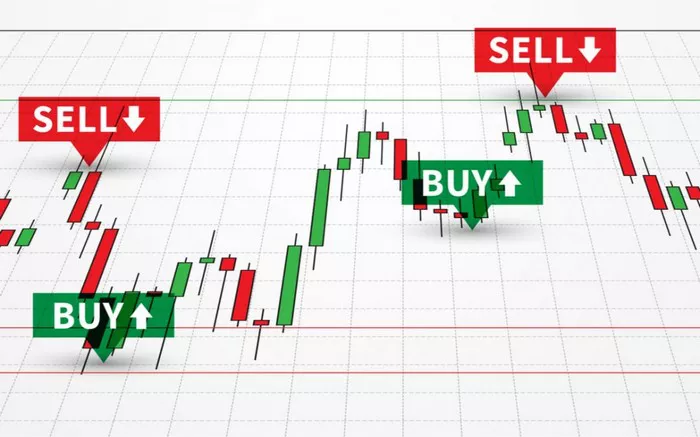Oil prices have recently experienced a slight decline, with West Texas Intermediate (WTI) Crude Oil dipping below $76.50. This downturn reflects a complex interplay of conflicting economic signals from China and the United States, resulting in a tug-of-war between bearish and bullish market factors.
Recent data from China, the world’s second-largest economy and a major oil consumer, have dampened expectations for a strong rebound in oil demand. The country’s GDP growth rate for the second quarter came in at 4.7%, falling short of forecasts. This slower-than-anticipated growth has raised concerns that the anticipated increase in Chinese crude oil consumption may not materialize, applying downward pressure on oil prices.
China’s economic challenges have been exacerbated by the sluggish performance of its real estate sector. The sector, a crucial engine of economic growth, has seen a significant decline in housing-related wealth in 2023, with continued contraction in real estate investment during the first half of the year. This ongoing weakness has contributed to the overall economic slowdown and dampened consumer sentiment, potentially affecting oil demand.
Domestic demand in China has also been subdued, marked by weak retail sales and low credit growth. Despite government efforts to boost consumption and investment, the recovery remains fragile and uneven, further exacerbating concerns about the country’s economic outlook.
In contrast, expectations of monetary easing by the U.S. Federal Reserve have provided some counterbalance to the bearish sentiment from China. Market participants are increasingly speculating that the Fed will begin cutting interest rates as early as September. Such a move could stimulate economic activity and potentially increase oil demand.
Lower interest rates typically weaken the U.S. dollar, making dollar-denominated commodities like oil more affordable for international buyers. This could lead to increased demand from other major oil-consuming nations, potentially offsetting the reduction in Chinese consumption.
The divergent economic narratives from China and the U.S. have created a complex and uncertain outlook for WTI and Brent crude oil prices. While the potential for Fed rate cuts offers some support, the ongoing threat of a prolonged slowdown in Chinese demand continues to weigh on market sentiment. Although China’s exports performed better than expected, with an 8.6% increase year-over-year according to customs data, these gains could be undermined by the resurgence of anti-China trade tensions.
Adding to the market uncertainty is the impending end of production cuts by OPEC+. As the group of oil-producing nations prepares to increase output, the delicate balance between supply and demand may be further disrupted, potentially leading to increased price volatility.
Related topics:

























